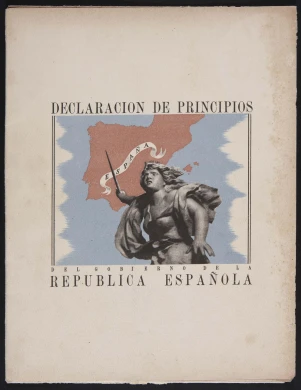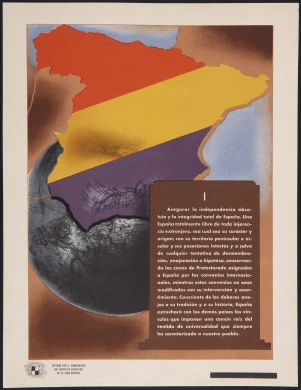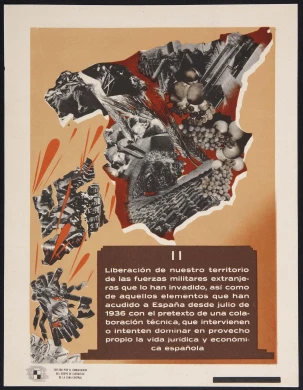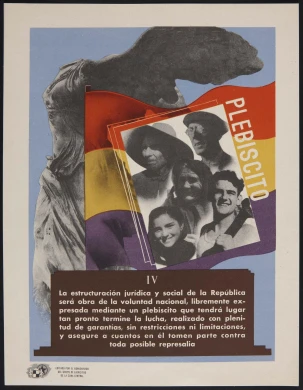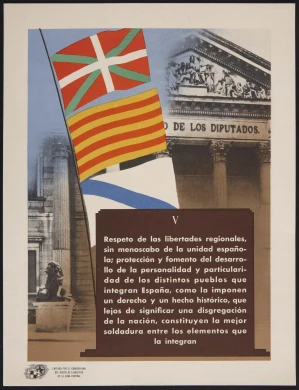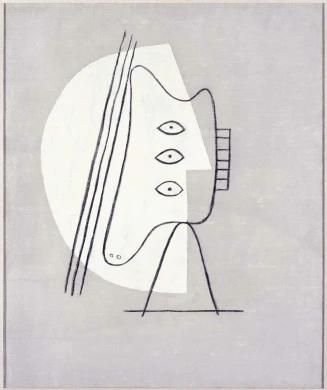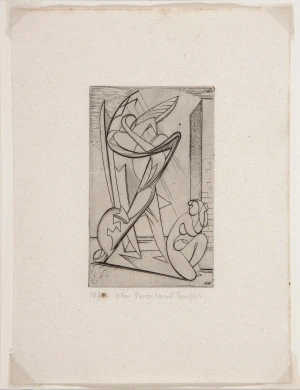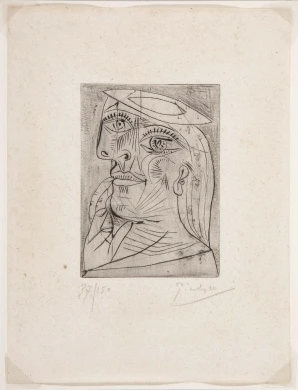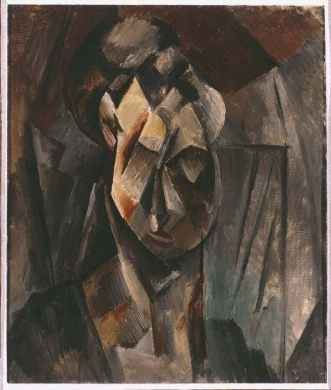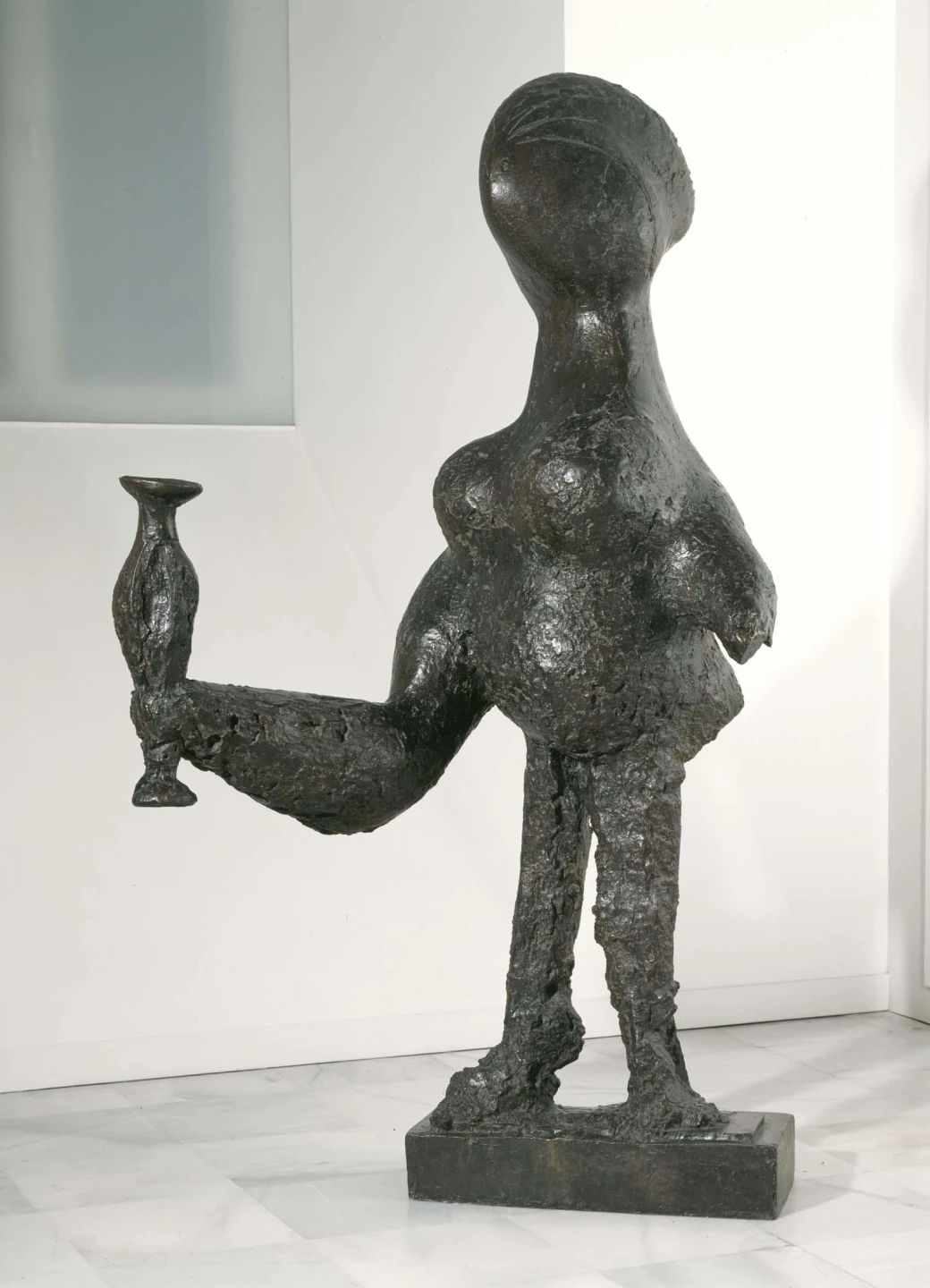
La femme au vase (Woman with Vase)
- Technique
- Lost-wax casting and patinated
- Dimensions
- 220 x 122 x 110 cm
- Year of entry
- 1992
- Registration number
- DE00051
- Date
1933 (summer)
- Edition number
1/2
- Materia
Bronze
- Credit
Picasso Bequest, 1986
From 1931, Pablo Picasso moved to a countryside residence, the Château de Boisgeloup, in Normandy, where he would return to sculpture, employing the traditional technique of clay modelling and plaster casting. Thus, he produced a series of large busts which, according to the artist, were aligned towards “the pure form and clearly defined volume”. The largest and most majestic of the works he made in Boisgeloup is this figure — sculpted in the summer of 1933, the year after his first retrospective in Paris — which enabled him to revisit his previous work in its entirety. The sculpture, transferred to concrete in 1937, along with three of the large female heads from Boisgeloup intended to be displayed among the artworks for the Spanish Pavilion at the International Exhibition of Paris, was positioned outside Josep Lluís Sert and Luis Lacasa’s building. The work possesses the majesty of Dama oferente del Cerro de los Santos (The Lady of Cerro de los Santos), one of the kneeling figures of votive offering in Iberian art, and notable is the power of the volume, expressive deformation and plastic invention of Picasso. At the end of his life, the artist cast two bronze versions: one is this piece in the Museo Reina Sofía which, through the artist’s wishes, became part of the Picasso Legacy upon his death, and the other sits today atop his grave, in the Château de Vauvenargues.
Carmen Fernández Aparicio
